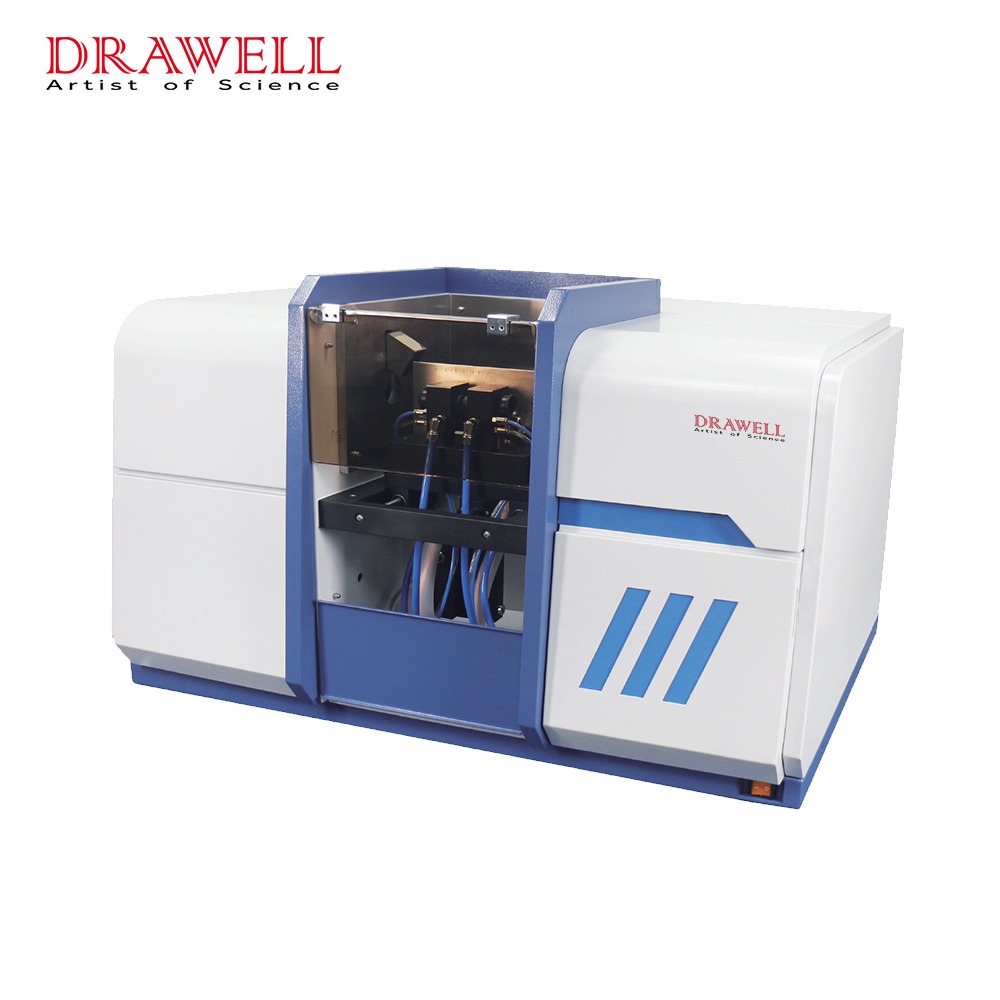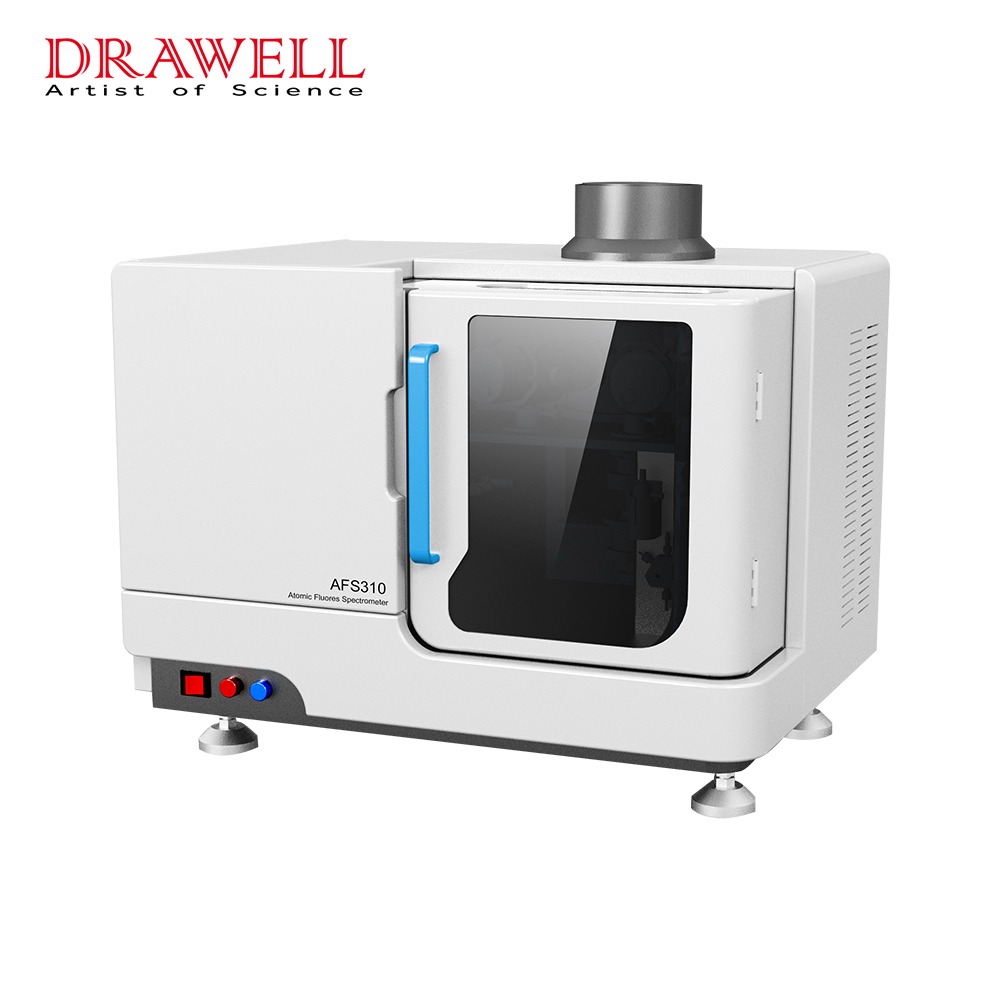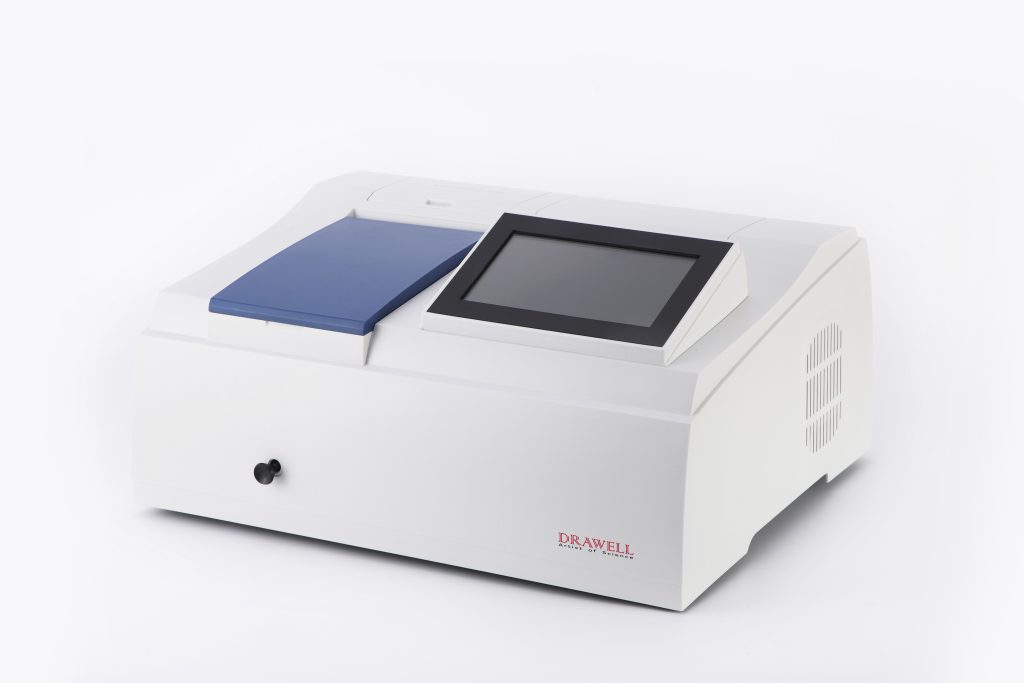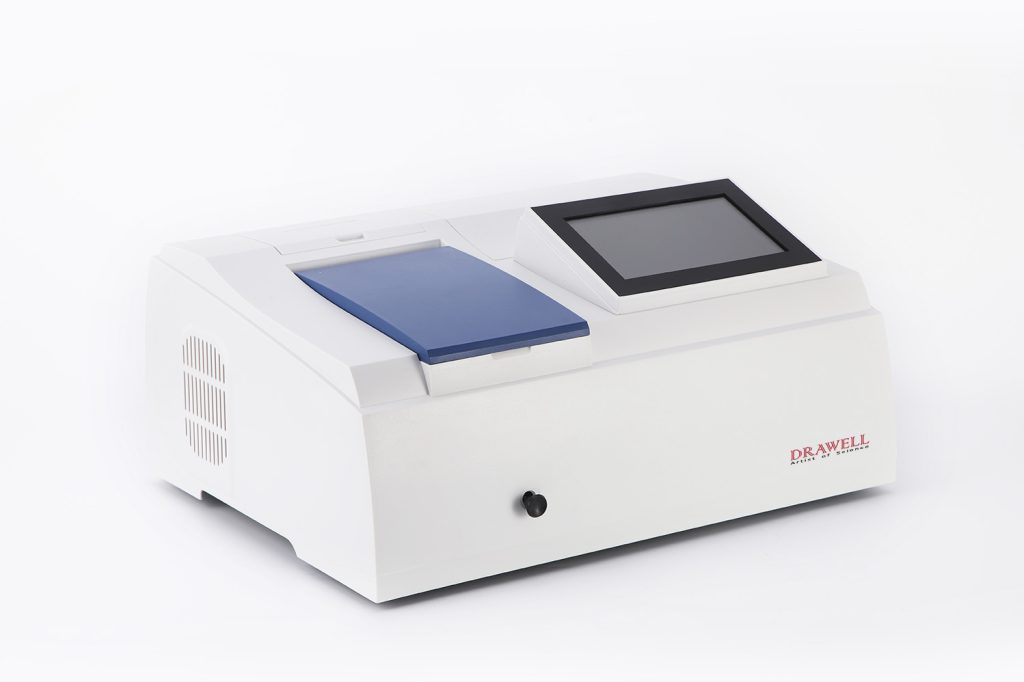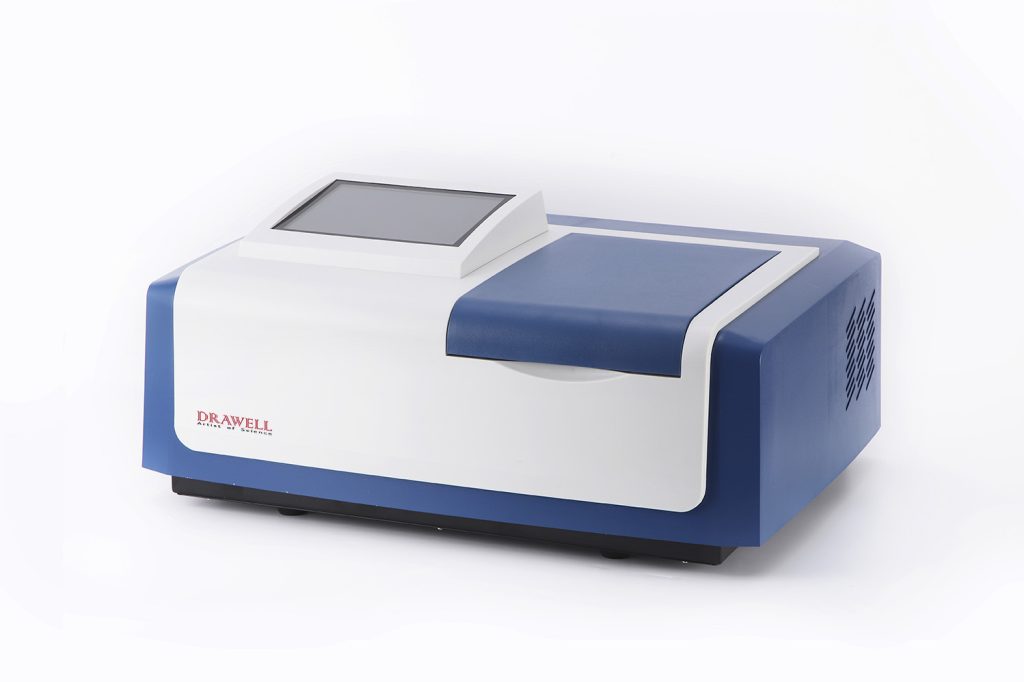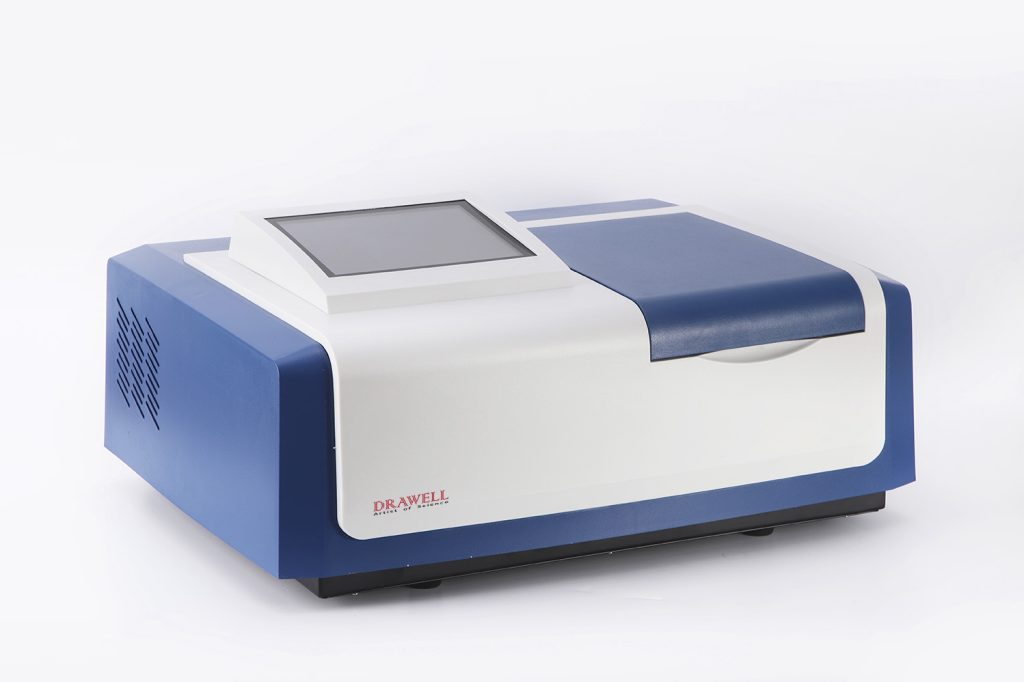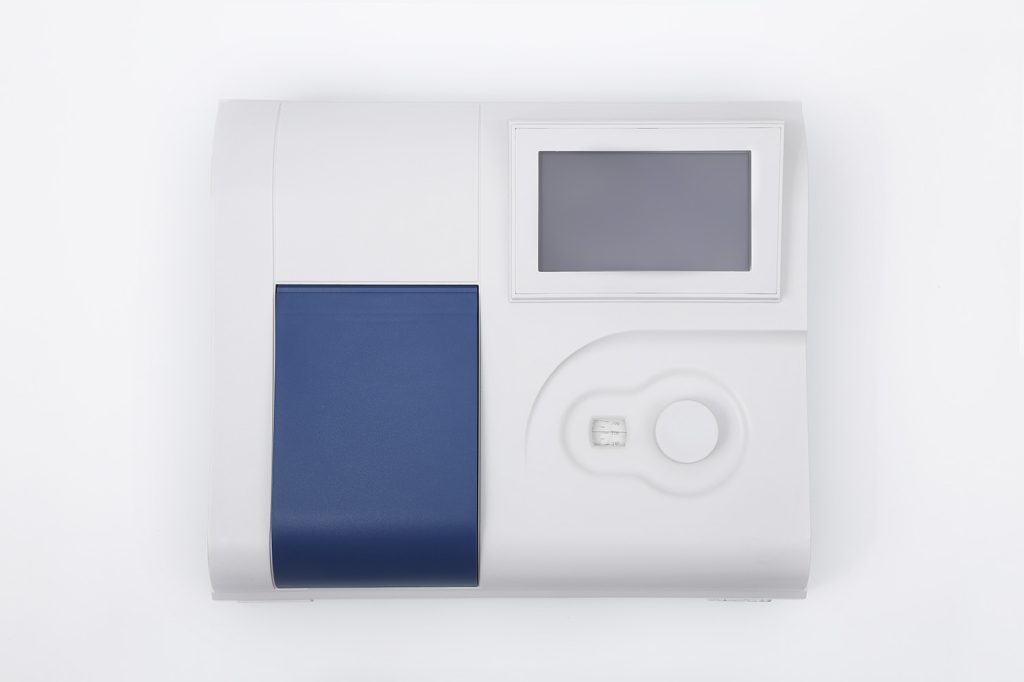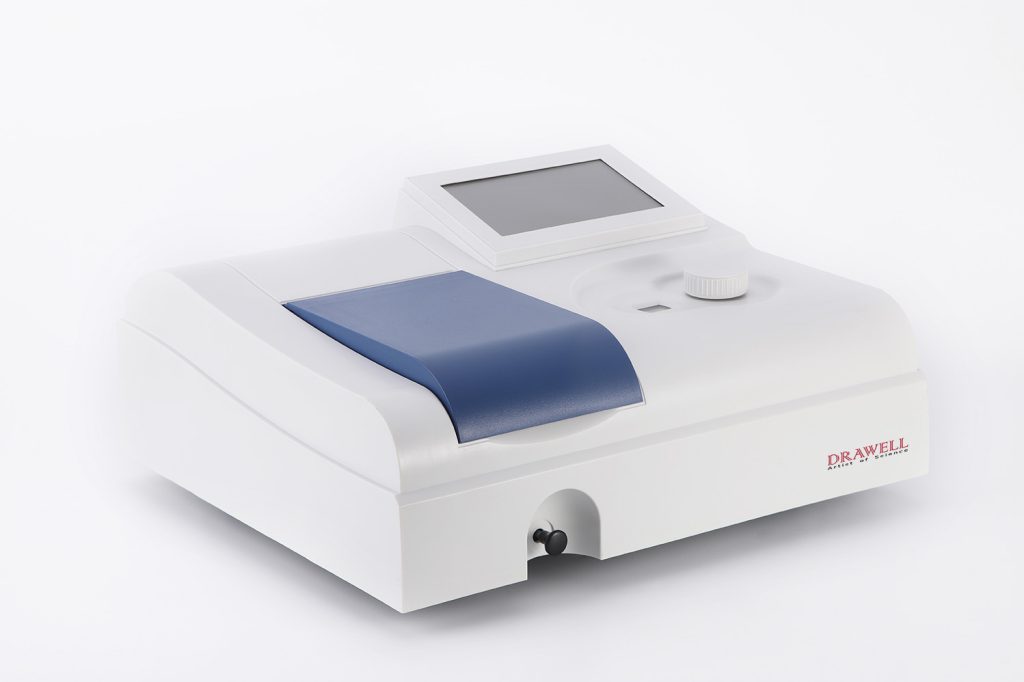In the realm of analytical chemistry, selecting the right spectroscopic technique is paramount for obtaining accurate and reliable data. Atomic Absorption Spectroscopy (AAS) and UV-Visible Spectroscopy (UV-Vis) are two widely used methods, each with distinct advantages and limitations. This article aims to provide a comprehensive comparison of AAS and UV-Vis to help determine which technique is most suitable for analyzing your sample.
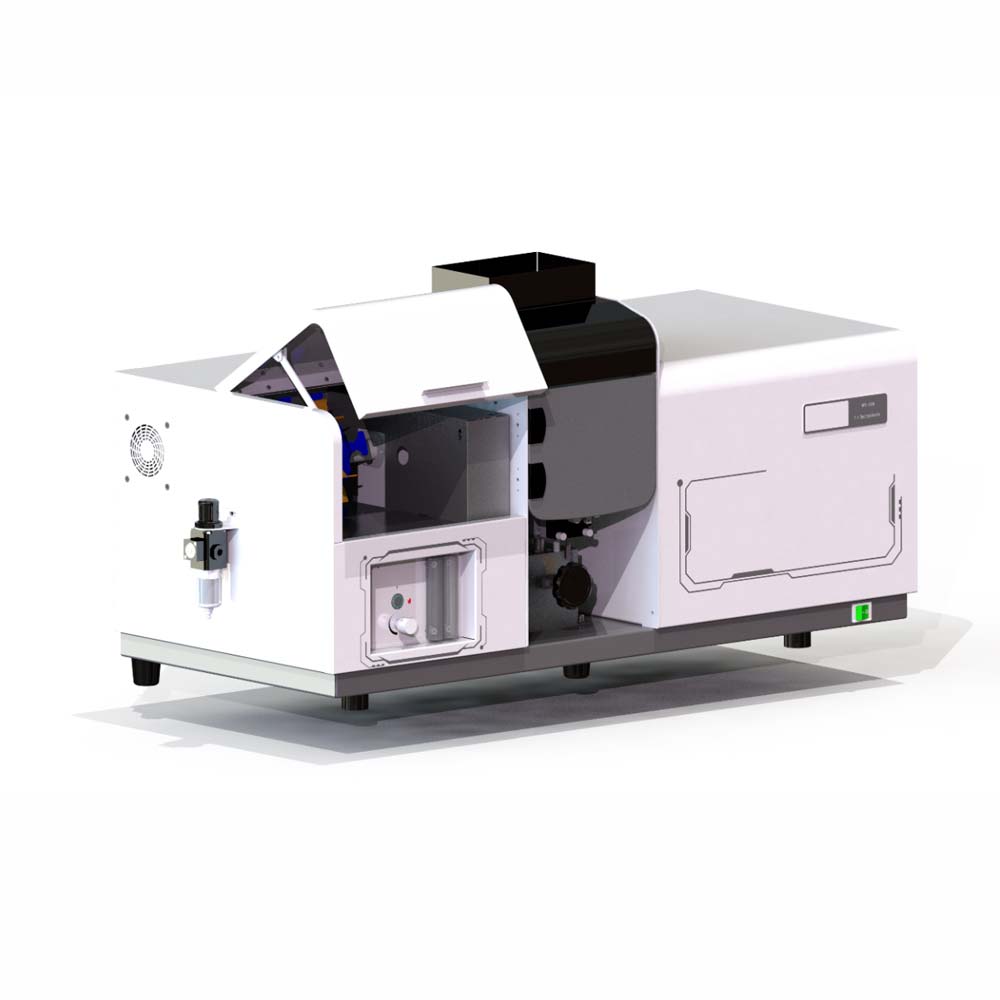
Fundamentals of AAS and UV-Vis
Atomic Absorption Spectroscopy (AAS) and Ultraviolet-Visible Spectroscopy (UV-Vis) are both analytical techniques used to study the absorption of light by substances, but they operate on different principles and energy requirements. Here are the key differences in the energy required for these techniques:
Principles of AAS and UV-Vis
Atomic Absorption Spectroscopy (AAS) is based on the principle that free atoms in the ground state can absorb light of a specific wavelength. The amount of light absorbed is proportional to the concentration of the element in the sample.
UV-Visible Spectroscopy (UV-Vis) measures the absorption or transmission of UV and visible light by a sample. The technique is based on the electronic transitions of molecules.
Nature of Absorption:
AAS: In AAS, the energy required corresponds to the electronic transitions of atoms. The energy absorbed by atoms in the sample causes electrons to move from a lower energy level to a higher energy level. This energy is specific to the element being analyzed and typically falls within the range of ultraviolet (UV) and visible light.
UV-Vis: In UV-Vis spectroscopy, the energy required is for electronic transitions within molecules. This involves the promotion of electrons from the ground state to an excited state. The energy range for UV-Vis spectroscopy is broader, covering both the ultraviolet and visible regions of the electromagnetic spectrum.
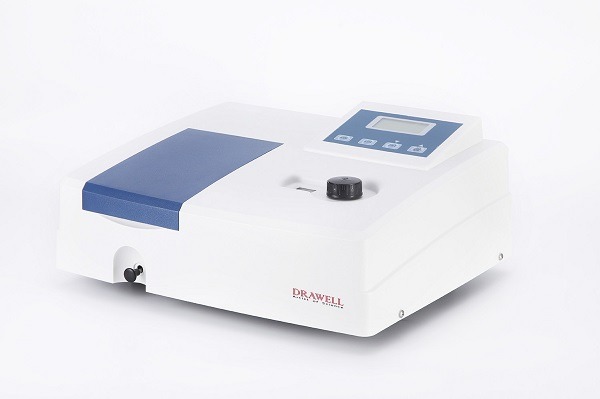
Energy Range:
AAS: The energy required for AAS is highly specific to the element being analyzed. The wavelengths typically used are in the UV and visible regions, ranging from about 200 nm to 900 nm. The exact energy required depends on the specific electronic transitions of the atoms in the sample.
UV-Vis: The energy range for UV-Vis spectroscopy spans from approximately 190 nm to 800 nm. The energy required for these transitions is generally lower than that for AAS, as it involves molecular electronic transitions rather than atomic transitions.
Source of Energy:
AAS: AAS uses a light source such as a hollow cathode lamp, which emits light at specific wavelengths corresponding to the absorption lines of the element being analyzed. The light source provides the precise energy required for atomic absorption.
UV-Vis: UV-Vis spectroscopy uses a broad-spectrum light source, such as a deuterium lamp (for UV range) or a tungsten lamp (for visible range), that covers a wide range of wavelengths. The spectrophotometer then selects the appropriate wavelength for analysis.
Absorption Mechanism:
AAS: The absorption of light in AAS occurs due to the excitation of free atoms in the gas phase. These atoms absorb specific wavelengths of light, corresponding to the energy difference between their ground state and excited state.
UV-Vis: In UV-Vis spectroscopy, the absorption occurs due to the excitation of electrons within molecules, leading to transitions between different molecular orbitals. The energy required for these transitions is generally less than that for atomic transitions.
In summary, while both AAS and UV-Vis spectroscopy involve the absorption of light, AAS deals with atomic transitions requiring specific and often higher energies, whereas UV-Vis deals with molecular transitions over a broader and generally lower energy range.
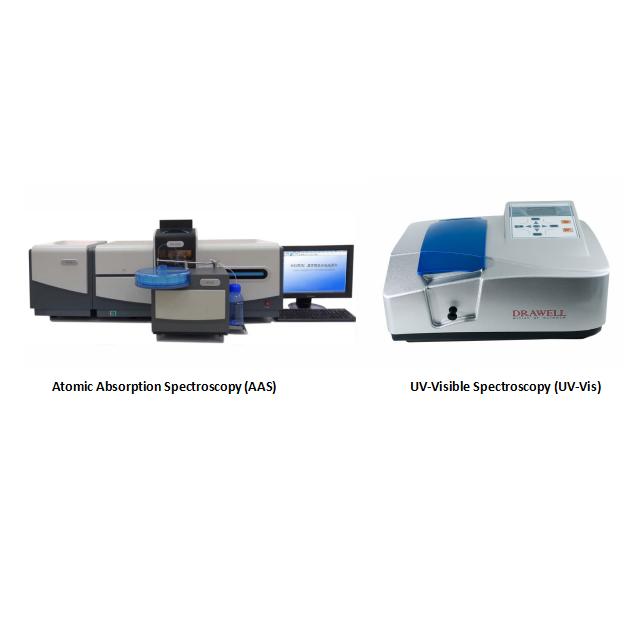
Types of Analytical Samples of AAS vs UV-Vis
Here is a table that sorts the types of analytical samples between AAS and UV-Vis:
| Type of Analytical Sample | Atomic Absorption Spectroscopy (AAS) | UV-Visible Spectroscopy (UV-Vis) |
| Trace Element Detection | Ideal for detecting metals like lead, cadmium, arsenic at trace levels | Not typically used for trace metal detection |
| Environmental Analysis | Water, soil, and air samples for metal contamination | Water quality monitoring, detecting organic pollutants |
| Clinical and Biological Samples | Measures metal ions in biological fluids and tissues | Analyzes organic compounds, protein quantification, DNA/RNA analysis |
| Organic and Inorganic Compounds | Limited to metallic elements | Quantitative and qualitative analysis of various compounds |
| Pharmaceuticals and Biochemicals | Limited use, typically for trace metal impurities | Quantifies active ingredients, studies molecular structures |
| Food Industry | Analysis of metals in food samples | Measures food additives, nutritional content |
| Gases | Not typically used | Analyzes gases, especially in solution |
These techniques are chosen based on the nature of the sample and the specific analytical requirements.
Sample Preparation and Requirements of AAS vs UV-Vis
Sample Preparation for AAS
- Suitable Samples: Primarily used for liquid samples; solids require digestion.
- Preparation Techniques: Includes acid digestion, dilution, and sometimes pre-concentration.
- Matrix Matching: Necessary to minimize interferences and improve accuracy.
Sample Preparation for UV-Vis
- Suitable Samples: Can analyze liquids, solids, and gases.
- Preparation Techniques: Dissolution, filtration, and sometimes dilution.
- Sample Clarity: Turbidity and particulates can affect light transmission, requiring clarification.
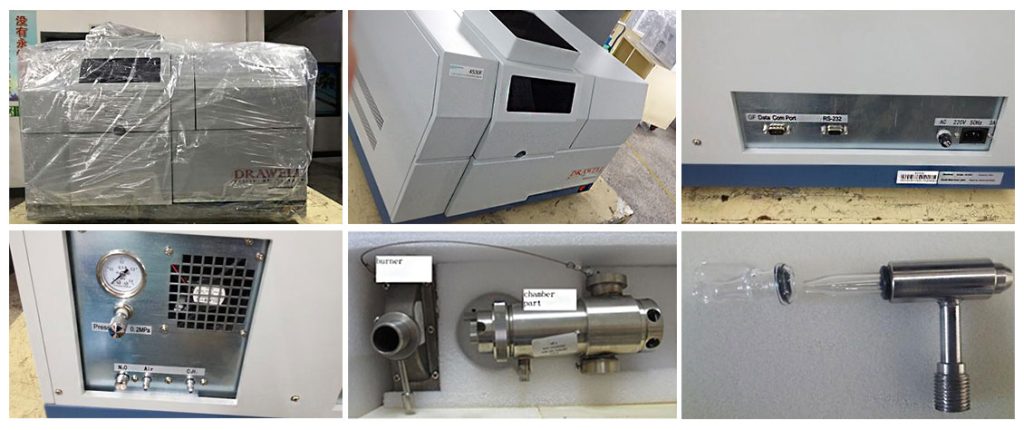
AAS Display
Sensitivity and Detection Limits of AAS vs UV-Vis
Sensitivity of AAS
AAS offers high sensitivity, capable of detecting elements at parts per billion (ppb) levels. Factors influencing sensitivity include:
Atomization Efficiency: Higher in graphite furnace AAS compared to flame AAS.
Matrix Interferences: Sample composition can affect accuracy, requiring matrix matching or chemical modifiers.
Sensitivity of UV-Vis
UV-Vis generally has lower sensitivity compared to AAS, with detection limits typically in the parts per million (ppm) range. Sensitivity is influenced by:
Molecular Absorption Coefficient: Compounds with higher coefficients are more easily detected.
Sample Purity: Impurities can cause baseline noise and affect accuracy.
Cost and Practical Considerations of AAS vs UV-Vis
Cost of Equipment and Maintenance
AAS: Generally more expensive due to the need for atomization sources (flames or furnaces) and consumables. Maintenance includes regular calibration and replacement of lamps and burners.
UV-Vis: Typically less expensive with lower maintenance costs. Requires periodic calibration and cleaning of optical components.
Practical Considerations in the Laboratory
AAS: Requires skilled operators due to complex sample preparation and potential interferences. Suitable for laboratories needing high sensitivity for metal analysis.
UV-Vis: Easier to operate and more versatile. Ideal for laboratories analyzing a variety of compounds with moderate sensitivity requirements.
In conclusion, both AAS and UV-Vis spectroscopy offer valuable analytical capabilities, each with specific strengths and limitations. By understanding the fundamentals, applications, and practical considerations of each technique, you can make an informed decision on which method is best suited for your sample analysis needs.
Looking for a Reliable AAS and UV-Vis Supplier
Choosing the right supplier for your analytical instruments is crucial for ensuring accuracy and reliability. Consider the following when selecting a supplier:
- Reputation and Experience: Look for suppliers with a proven track record in providing high-quality spectroscopic instruments.
- Technical Support and Training: Ensure the supplier offers comprehensive support and training for instrument operation and maintenance.
- Service and Maintenance: Choose suppliers that provide reliable service contracts and quick response times for maintenance and repairs.
- Warranty and Upgrades: Check for warranties and options for upgrading or exchanging equipment as technology advances.
From the considereations above, Drawell is an excellent choice. They have 20 more years experieces in manufacturing and selling laboratory equipment and scientific instruments especially AAS and UV-Vis spectrophotometer. They have customer-centric services including one-station shopping, user training, online support and with 100% quality guarantee policy etc.
By choosing Drawell as your AAS and UV-Vis supplier, you can benefit from their reputable expertise, comprehensive support, reliable service, and user-friendly, upgradable instruments. Feel free to contact them when you need.

